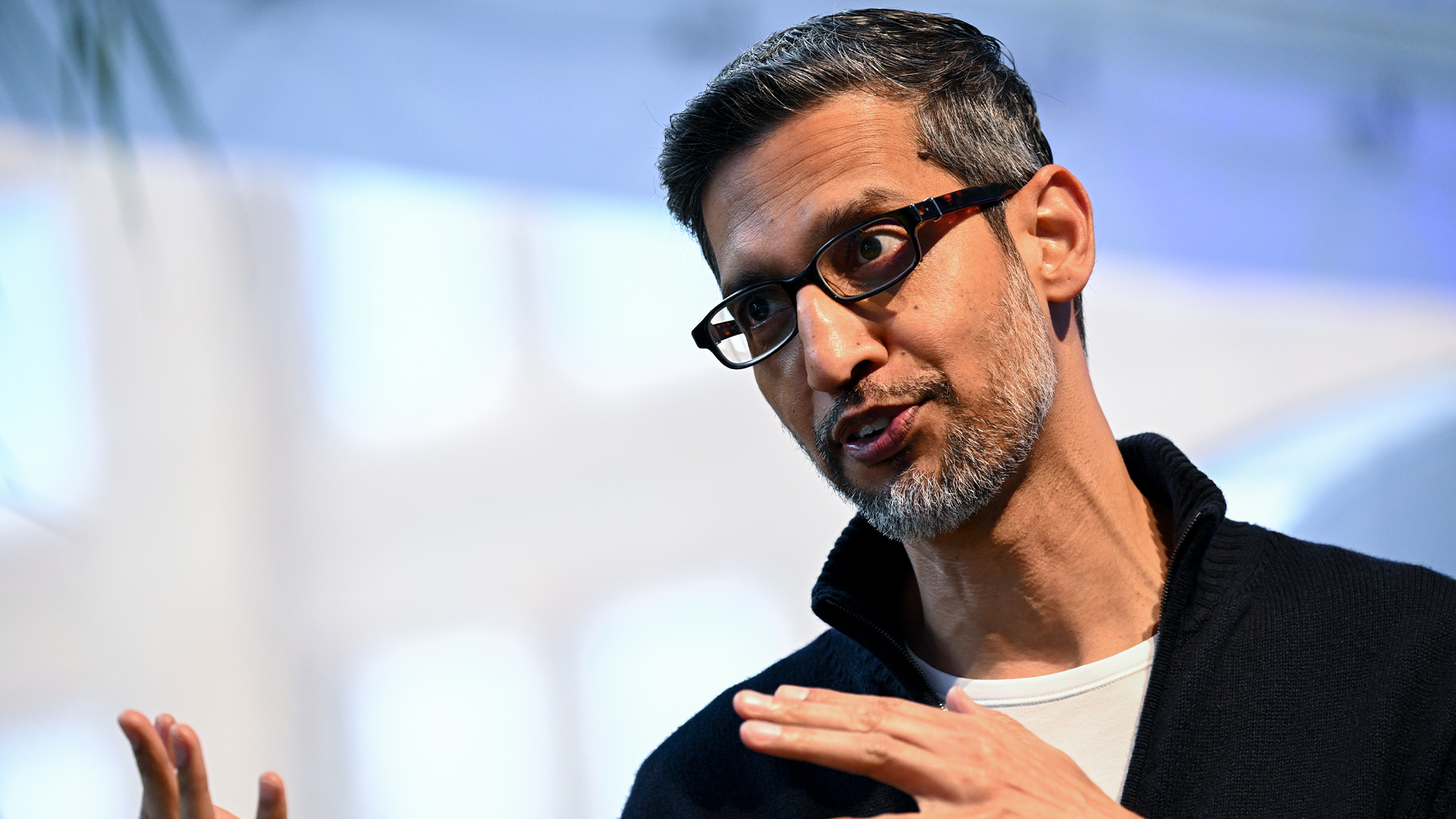How businesses can make their IT operations more sustainable in 2025
Addressing scope 3 emissions and investing in proper infrastructure is key


Although sustainability is becoming a top priority for businesses, relatively few are looking to their IT department as a driving force for environmental change.
This was illustrated in a recent report by Kyndryl and Microsoft, which found that just 21% of organizations are using technology to achieve sustainability goals, despite 84% placing high strategic importance on them.
This is down to the fact that although many companies have set long-term carbon reduction goals, few have progressed to the operational stage, when they cascade those objectives by country, business unit and function notes Thomas Husson, VP principal analyst at Forrester Research.
There are many barriers explaining why tech firms may struggle with environmental initiatives, but according to Forrester the key issues are a lack of skills, executive ownership and IT specific carbon reduction goals.
The main driver for change will be environmental, social and governance (ESG) or sustainability reporting regulations believes Zuzana Kovacova, senior research manager at IDC. While these are not yet in place, the UK Sustainability Reporting Standard (UK SRS) is being finalized and is expected to come into force as early as 2026. There’s also the EU Corporate Sustainability Reporting Directive (CSRD). “Once mandated, this regulatory pressure will trickle down very fast,” she says.
Why understanding Scopes 1, 2 and 3 is critical
Understanding the GHG Protocol’s three emissions scopes is critical when setting IT sustainability goals. This is because it clarifies ownership and forces organizations to consider who’s responsible for meeting these goals.
“Essentially scope 1 are direct emissions from your own sources, while scope 2 are indirect emissions from the generation of purchased electricity and other sources you consume. Finally, scope 3 are all other indirect emissions that occur in the value chain,” explains says Maggie Hunt, sustainable IT expert at PA Consulting.
Sign up today and you will receive a free copy of our Future Focus 2025 report - the leading guidance on AI, cybersecurity and other IT challenges as per 700+ senior executives
Having the capability to structure IT emissions into these scopes then enables IT leaders to plan the most effective emissions reduction strategies. “An example would be Scope 3 emissions, which typically make up the largest share. IT managers that know where the largest pools of scope 3 emissions are within their IT estate can prioritize programs accordingly,” Kovacova explains.
Where to start?
IT leaders should encourage a culture of progress over perfection, notes Hunt, and start the journey by identifying a small project to deliver sustainable IT insight and business value.
It’s also important to encourage dialogue in your teams about technical optimization in general she says, as this builds a culture where sustainable IT conversations can yield real results.
“Ultimately the most important thing is to do something – anything that gives you some insight into what you can improve,” Hunt says. “A small application-level emissions benchmarking exercise is a great, relatively low-key project that can generate tangible business value and good conversations.”
It’s important to consider this a business opportunity rather than a regulatory constraint. This is because sustainable IT practices can deliver quantifiable business benefits such as increasing energy efficiency and generating additional revenue through circular practices.
“Environmental considerations are often factored in IT procurement decisions and play a growing role in request for proposals (RFP,)” notes Husson. “They’re a way to potentially reduce costs, boost employee engagement and differentiate the perception of your brand.”
When it comes to taking action, start with low hanging fruit such as energy efficiency and infrastructure optimization. Kovacova reports that 60% of UK companies will significantly invest in cloud infrastructure to improve efficiency in the next two to three years, while data management and application architecture will also be areas of focus.
Circular IT practices can have a significant impact on sustainability, she continues. This requires re-evaluating and rethinking IT equipment life cycles, as while the most demanding workloads may need the latest and greatest processors, “the rest of the IT gear could last through several upgrades.”
Selecting hardware vendors with circular design practices, demonstrating reduced power use and recyclable materials is a must Kovacova notes, as is a strong recycling network and a secure and compliant decommissioning plan.
She also advises that organizations seek maximum value return from decommissioned assets, ensuring environmentally responsible equipment management at end of use.
“Anything/Everything as a service (XaaS) models can help organizations to augment circular practices, as asset decommissioning is built into the offerings, and the value of trade-ins can be used to offset new equipment costs.”
Education also has a role to play and Hunt advises IT leaders to train teams on carbon aware computing, either via the abundance of free resources online, or through workshops run by bodies such as the Green Web Foundation. “This will empower teams to apply sustainable IT concepts to their work,” she says.
Certifications and standards may also be worth pursuing, although the challenge is choosing which is right for your organization.
“There have been really exciting developments in this space over the past 18 months, including the ISO Standard 21031 (Software Carbon Intensity Specification), Green Software Foundation’s Impact Framework, W3C’s Web Sustainability Guidelines and HuggingFace’s AI Energy Score,” says Hunt.
“This kind of work can take time and expertise to deliver against – but is an invaluable resource when structuring your approach to sustainable IT and engaging your wider team.”
Take action today
While these aren’t the only steps to making IT operations more sustainable, they provide a solid place to start. However, it would be remiss not to mention the elephant in the room that is AI.
AI data centres require vast amounts of energy and water, so this must be a factor when considering its use. Off the back of this, concepts such as ‘frugal AI’ are gaining momentum, where use cases are prioritised based on need, and using smaller but higher quality models, while vendors are demonstrating the ways they’re making data centres ‘greener’.
There’s also a growing awareness that carbon emissions aren’t the only metric that matters in terms of sustainability. For example, the Green IT Association’s 2025 Global Survey placed a strong emphasis on the consumption of precious metals.
While this is an evolving topic, it’s not one likely to disappear. There’ll never be a definitive roadmap to optimal sustainability as each organisation is unique, so there’s no reason not to take action today. These simple steps will start you down the path to more sustainable IT operations, getting your organisation ahead of the regulations before they fully come into force.
Keri Allan is a freelancer with 20 years of experience writing about technology and has written for publications including the Guardian, the Sunday Times, CIO, E&T and Arabian Computer News. She specialises in areas including the cloud, IoT, AI, machine learning and digital transformation.
-
 Google CEO Sundar Pichai says vibe coding has made software development ‘exciting again’
Google CEO Sundar Pichai says vibe coding has made software development ‘exciting again’News Google CEO Sundar Pichai claims software development has become “exciting again” since the rise of vibe coding, but some devs are still on the fence about using AI to code.
-
 15-year-old revealed as key player in Scattered LAPSUS$ Hunters
15-year-old revealed as key player in Scattered LAPSUS$ HuntersNews 'Rey' says he's trying to leave Scattered LAPSUS$ Hunters and is prepared to cooperate with law enforcement
